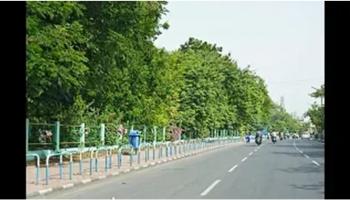/topics/water-management
Water Management
Towards adopting nanotechnology in irrigation: Micro irrigation systems
Posted on 21 Jan, 2011 07:36 PMIndia is predominantly an agricultural country and even with current orientation towards services, still agriculture contributes ¼th of total GDP of the country, 15 percent of total export and 65 % of total population’s livelihood.
2011 World Water Week Calls for Abstracts and Proposals
Posted on 21 Jan, 2011 05:39 PMContent and Image Courtesy: World Water Week
World Water Week is hosted and organised by the Stockholm International Water Institute (SIWI) and takes place each year in Stockholm. The World Water Week has been the annual focal point for the globe’s water issues since 1991.
Sustainable water management initiatives in Konkan under threat - A report
Posted on 21 Jan, 2011 02:09 PMGuest Post by: Parineeta Dandekar
At the first sight, Daarche Paani (‘water at the doors’) appears unreal.. on a small flat plateau called ‘Sadaa’ in konkan, an elegant cobbled walkway leads a puzzled visitor to stairs carved in stone, which go down to an ancient grove, and here is an intricate system of tanks, channels and falls which supplies water to the Panderi village and goes down as a free flowing stream, to irrigate a plantation of arecanut, pepper and mangoes in a village called Gudaghe. When I visited the place, I could see three eminent visitors, a silent lady washing her load of clothes, a fairy bluebird splashing at a tank and a huge moonmoth in one of the trees.
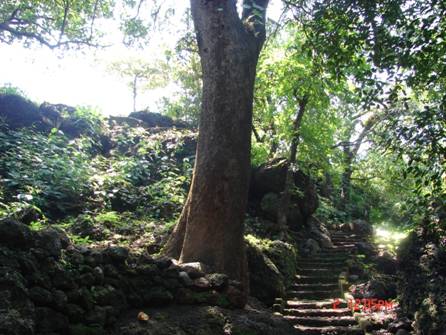 Stone walkway and ancient mango trees leading to Daarche Paani.
Stone walkway and ancient mango trees leading to Daarche Paani.
Photo: Parineeta Dandekar
Linear turbine developed in New Zealand - Trials, drawings, videos
Posted on 18 Jan, 2011 11:17 PMMark 1 model ready for launch 1984
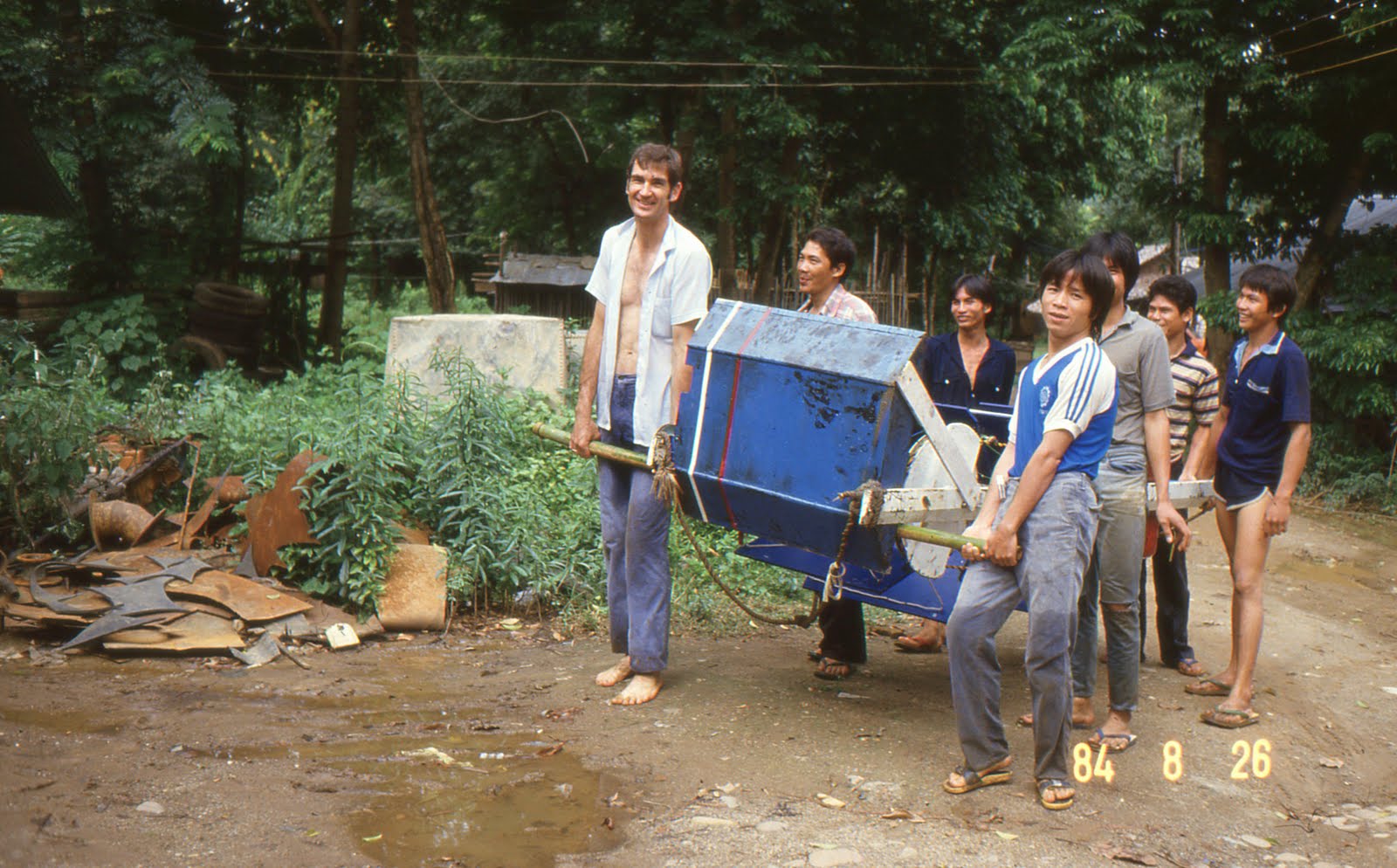
Trials in Pai river northern Thailand 1986
E-learning Course on “Water Footprint Assessment: towards sustainable and efficient water use”
Posted on 18 Jan, 2011 11:34 AMThe Water Footprint Network would like to invite you to join the next e-learning course on “Water Footprint Assessment: towards sustainable and efficient water use”.
Period: 7-18 February 2011
Venue: Online
Objective:
Introduce the concepts of water footprint and virtual water; discuss potential applications in water savings through trade; present why a business would want to conduct a corporate water footprint assessment, and how to do so.
Conservation of urban lakes as potential sources of freshwater - Paper presented at the National Seminar on Water and Culture (2007)
Posted on 09 Jan, 2011 11:52 PMThe author sees the need for the conservation, maintenance and management of these ancient water bodies for the supply of water to cities. The author suggests that there is need to integrate traditional wisdom with modern water resource management.
“Water for Life” Best Practices Award
Posted on 06 Jan, 2011 04:01 PMForwarded to the portal by IISD
Content and Image Courtesy: International Council for Local Environmental Initiatives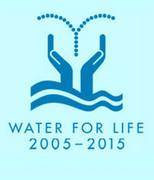
The United Nations Office to Support the International Decade for Action “Water for Life” 2005-2015/UN-Water Decade Programme on Advocacy and Communication (UNW-DPAC) and the UN World Water Assessment Programme (WWAP) are pleased to invite you to submit your Best Practice for the 1st edition of the “Water for Life” Best Practices Award.
International Conference on Water - Water India 2011, CII, Feb 11, 2011, New Delhi
Posted on 04 Jan, 2011 03:31 PM Transforming Municipal and Industrial Water Landscape
Organizer: Confederation of Indian Industry (CII)
Venue: Pragati Maidan, New Delhi
Influence of Chalukya architecture on Hampi stepwell - Paper presented at the National Seminar on Water and Culture (2007)
Posted on 29 Dec, 2010 04:16 PM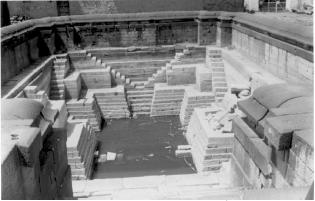
This paper discusses the reasons for building tanks in ancient India and mentions ancient texts like 'Samarangan Sutradhar' to indicate how wells and other water bodies were constructed.
These water storage systems indicate the knowledge of geology, soil engineering, construction engineering and structural engineering in ancient times.
Saltscapes - Dholavira, Gujarat - A guest post by Amitangshu Acharya and Ayan Ghosh
Posted on 27 Dec, 2010 11:41 PMGuest Post: Text by Amitangshu Acharya, Photographs by Ayan Ghosh
Kachchh – a brilliant halfway between a turmeric yellow Rajasthan and the emerald green Sahyadris – offers an upside down version of life. It tells you that seeds of life and civilisation are often hidden beneath the sands of time in inhospitable terrains.






